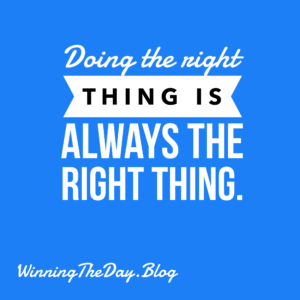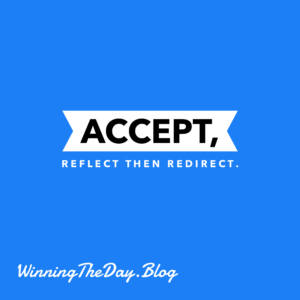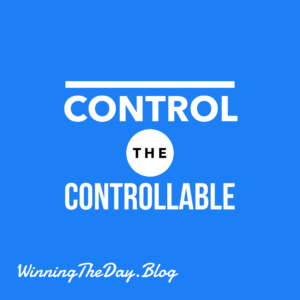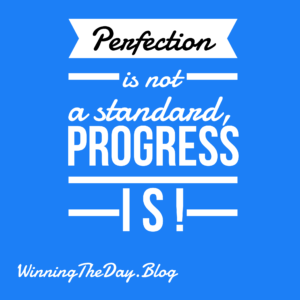Your prospects and clients prioritize four critical dimensions during their home-buying experience:
- Reassurance: Having helpful, knowledgeable, and accessible resources and staff who can confidently guide and support customer decisions. Reassuring they have made the right decision along the way, is a critical skill.
- Transparency: Being open and straightforward about policies, pricing, and processes.
- Simplicity: Streamlining the home selling or home buying journey to make it straightforward and easier to navigate.
- Speed: Efficiently handling the process to minimize delays and waiting times.
“There’s no shortage of remarkable ideas, what’s missing is the will to execute them.”
~Seth Godin
Let’s dig into each of these dimensions a little deeper:
- Reassurance:
- Importance: Reassurance is paramount for customers. They seek confidence in their decisions, especially when making a significant investment like buying a home.
- Your Role: Sales and support staff must be helpful, knowledgeable, and accessible. They must instill trust by providing accurate information, addressing concerns, and guiding clients through the process.
- Customer Benefits: Reassured customers are more likely to proceed with the purchase, leading to successful transactions.
- Transparency:
- Importance: Customers value honesty and transparency. They want to understand policies, pricing, and processes without hidden surprises.
- Clear Communication: Salespeople and support staff should openly discuss all aspects, including costs, fees, and potential challenges. Transparency builds trust and reduces anxiety.
- Avoid Jargon: Simplify complex terms and ensure clients comprehend every step. Transparent communication fosters positive relationships.
- Simplicity:
- Importance: The home selling and buying process can be overwhelming. Customers appreciate simplicity and ease of navigation.
- Streamlined Processes: Salespeople and support staff should simplify paperwork, explain steps clearly, and minimize bureaucracy. A straightforward process reduces stress for buyers.
- User-Friendly Tools: Introduce digital tools that simplify document submission, approvals, and communication. A user-friendly experience enhances satisfaction.
- Speed:
- Importance: Delays frustrate customers. Speedy processes are crucial. Some delays can’t be avoided, and this is when communication, transparency and reassurance merge.
- Efficient Handling: Salespeople and support staff should expedite paperwork, inspections, and approvals. Timeliness demonstrates professionalism.
- Manage Expectations: Communicate realistic timelines and proactively address delays. Clients appreciate transparency even when things take longer.
Customers weigh these dimensions almost equally, with a slight edge given to reassurance.
By prioritizing these aspects, real estate sales professionals and their support teams can create a positive and memorable home-buying experience for their clients.








